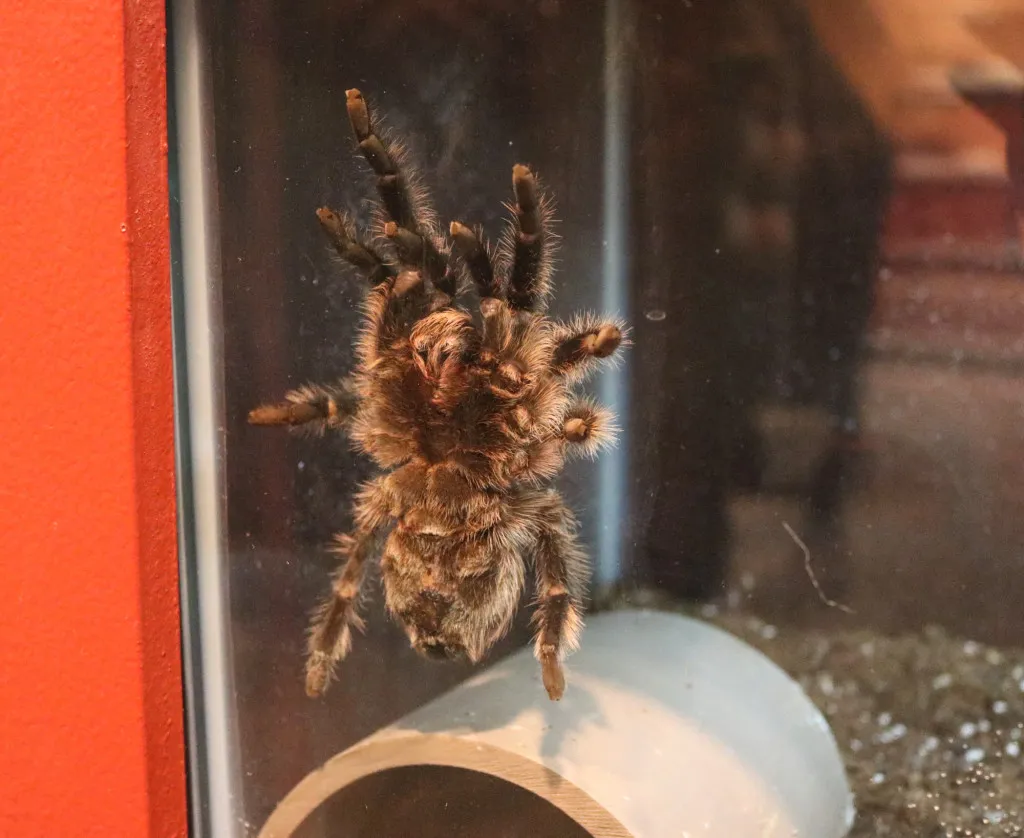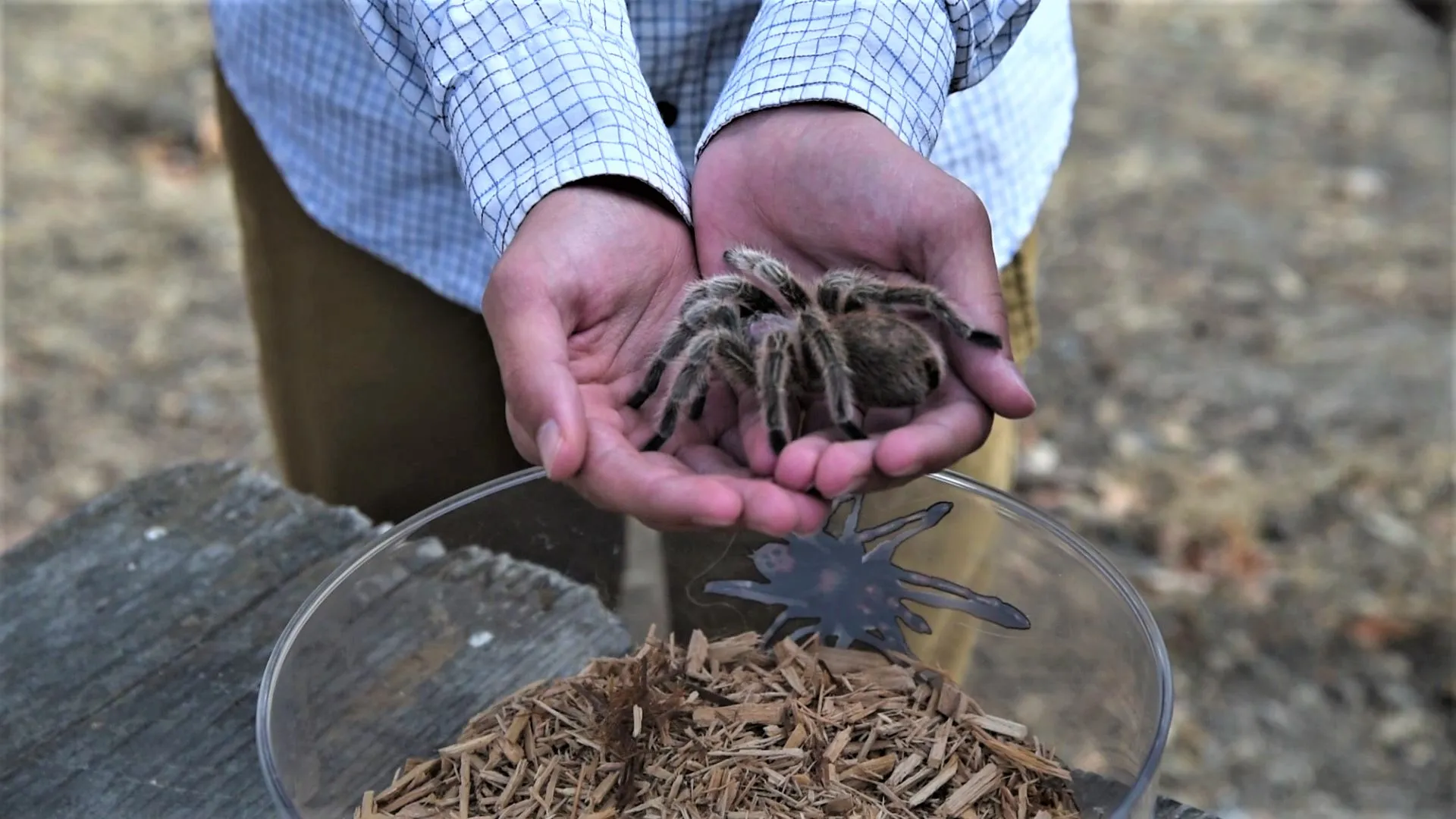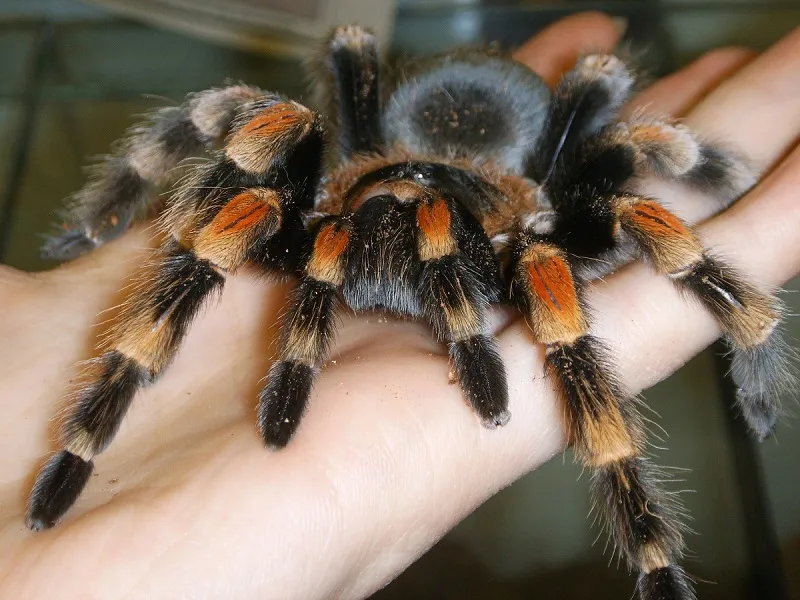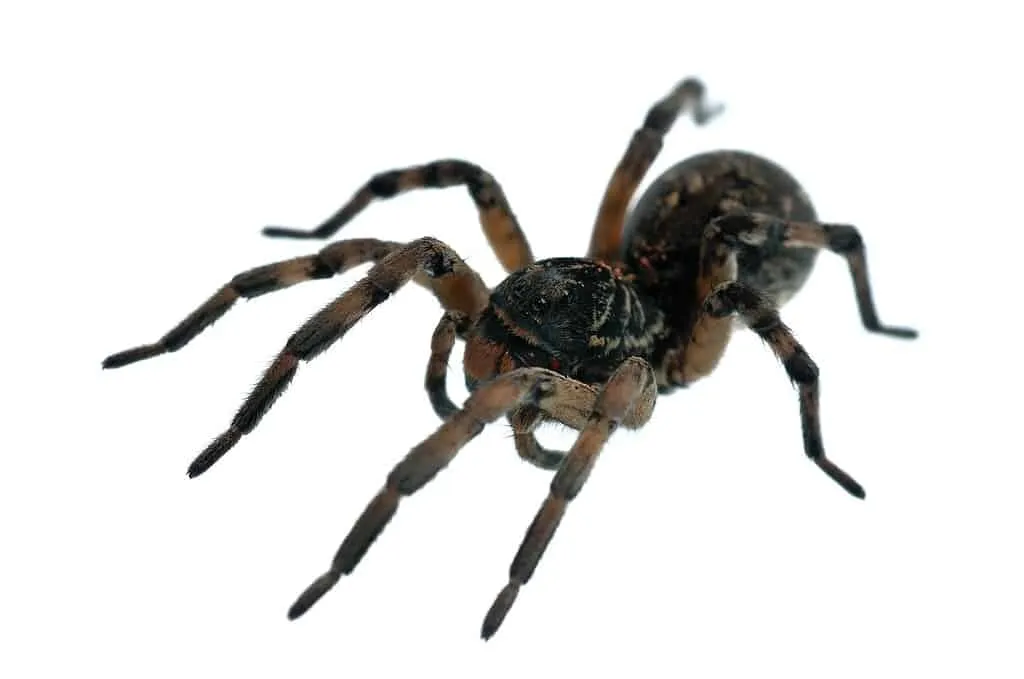Understanding Tarantula Hunting Behaviors
Tarantulas, magnificent arachnids that have captivated humans for centuries, are masters of the hunt. Their hunting behaviors are a fascinating blend of instinct, sensory perception, and strategic prowess. Unlike many predators that actively pursue their prey over long distances, tarantulas often employ a more patient and calculated approach. Understanding how these creatures hunt involves delving into their sensory capabilities, the tactics they employ, and the prey they target. This guide provides an in-depth look at the hunting behaviors of tarantulas, offering insights into their survival strategies and the adaptations that make them successful predators.
The Tarantula’s Sensory Toolkit
Tarantulas possess a sophisticated sensory system that allows them to effectively locate, identify, and capture prey. Their sensory toolkit goes beyond simple sight, incorporating a range of specialized features that aid in their hunting endeavors. They rely on a combination of sensory inputs to perceive their environment and detect potential meals. This complex interplay of senses enables tarantulas to thrive in diverse habitats and successfully navigate the challenges of hunting.
Eyesight and Vision Capabilities

While tarantulas are not known for having exceptionally sharp eyesight, their eyes still play a crucial role in hunting. They have multiple pairs of eyes, each providing a slightly different field of view. Their vision is particularly adept at detecting movement, which is a key factor in identifying potential prey. Tarantulas are also able to perceive light and shadow, which aids in their ability to ambush their targets. The sensitivity to movement allows tarantulas to quickly react to the presence of a meal, initiating their hunting sequence.
Vibrations and Tactile Hunting
Vibrations are perhaps the most critical sensory input for tarantulas. They possess specialized sensory hairs, called trichobothria, located on their legs and body, which can detect subtle vibrations in the ground and air. When prey walks nearby, these vibrations alert the tarantula to its presence. Burrowing tarantulas use these senses to detect prey near their underground retreats. This tactile sensitivity is an essential element in both their hunting and defense strategies, allowing them to react to threats and opportunities with incredible speed.
The Role of Chemoreceptors
Chemoreceptors also play a vital role in helping tarantulas identify prey. Located on their mouthparts and legs, these sensory organs detect chemical signals that provide additional information about the presence of potential meals. These receptors help tarantulas differentiate between different types of creatures. By utilizing multiple senses and sensory inputs, tarantulas possess an intricate system for locating and identifying potential meals, which is critical to their survival.
Hunting Strategies of Tarantulas

Tarantulas employ a variety of hunting strategies, each tailored to their environment, prey type, and individual preferences. These strategies showcase the adaptability and versatility of these arachnids, allowing them to successfully hunt in diverse habitats. By understanding these different approaches, one gains a deeper appreciation for the complexity of tarantula behavior and the intricacies of their hunting techniques.
Ambush Tactics The Patience Game
Ambush tactics are a common hunting strategy among tarantulas. Many species are sit-and-wait predators, patiently waiting for unsuspecting prey to come within striking range. They often position themselves near burrows, under rocks, or in other concealed locations where they can remain hidden. When prey approaches, the tarantula launches a swift and precise attack, using its powerful fangs to subdue its target. This strategy conserves energy and minimizes the risk of injury, making it a highly effective hunting method.
Burrowing and Web-Based Hunting
Burrowing tarantulas use their underground homes as a base for their hunting operations. They construct burrows, often lined with silk, and wait near the entrance, sensing vibrations. When prey approaches, they launch a quick attack from their protected position. Web-based hunters, create elaborate webs to ensnare their prey. These webs act as traps, and when an insect or small animal becomes entangled, the tarantula rushes in to deliver a fatal bite. Both burrowing and web-based strategies enable tarantulas to create an effective hunting environment with minimal effort.
Active Hunting and Pursuit

While many tarantulas favor ambush tactics, some species actively hunt their prey. These tarantulas venture out of their burrows or hiding spots to actively search for food. They use their sensory systems to locate prey and pursue them across the ground. This active hunting approach is especially common in species that live in open habitats. They have adapted to pursue and capture prey in a dynamic and unpredictable environment.
Prey Selection What Tarantulas Eat
The diet of tarantulas is varied, consisting primarily of insects and other arthropods. However, depending on their size and habitat, they may also consume small vertebrates. Their ability to target a range of prey types contributes to their adaptability and success as predators.
Insects and Other Arthropods
Insects such as crickets, grasshoppers, beetles, and cockroaches, form the bulk of a tarantula’s diet. They also consume other arthropods, including spiders, centipedes, and millipedes. Tarantulas use their fangs to inject venom, which paralyzes the prey. The venom also begins the process of pre-digestion, making the meal easier to consume. This diet choice makes them efficient predators, playing a key role in controlling insect populations in their ecosystems.
Small Vertebrates

Larger tarantula species may occasionally prey on small vertebrates, such as lizards, frogs, and even small birds or mice. This is less common than insect consumption, but these additional options show the adaptability of the tarantula’s hunting habits. The ability to catch larger prey requires strength, precision, and a potent venom, showcasing the formidable capabilities of these arachnids.
The Hunt Execution A Detailed Look
The hunting process of a tarantula is a carefully orchestrated sequence of events. From initial detection to the final consumption of prey, each step highlights the adaptations and skills that make these creatures effective predators. The ability to execute a successful hunt is crucial for their survival.
The Strike and Venom Delivery
When the tarantula senses prey within striking distance, it launches a rapid attack, often relying on its powerful front legs for leverage. It uses its fangs to pierce the exoskeleton of the prey, injecting a potent venom. The venom serves multiple purposes, paralyzing the prey and initiating the pre-digestion process, breaking down the internal tissues for easier consumption. This strike is executed with incredible speed and accuracy.
Wrapping the Prey

Following the initial strike, many tarantulas quickly wrap their prey in silk. This immobilizes the target, prevents escape, and allows the tarantula to secure the meal. The silk also protects the tarantula from potential defensive actions from the prey. This wrapping behavior showcases the tarantula’s ability to use silk, providing a tactical advantage during hunting.
The Digesting Process
Once the prey is subdued and wrapped, the tarantula begins the process of digestion. It injects digestive enzymes onto the prey, breaking down the soft tissues and turning them into a liquid. The tarantula then sucks up the liquefied nutrients, leaving behind only the exoskeleton. This external digestion is a key characteristic of tarantulas and many other arachnids.
Survival Skills and Adaptations
The survival of tarantulas depends on several factors, including their ability to adapt to different environments and defend themselves from predators. These adaptations have evolved over millions of years, allowing tarantulas to thrive in a variety of habitats.
Camouflage and Concealment

Camouflage is essential for many tarantulas to avoid detection by both prey and predators. Their coloration often blends with their surroundings. Burrowing species may have colors that match the soil, while tree-dwelling species may have colors that help them blend with bark. This is a great way of being a stealth predator, allowing them to stalk the surroundings without any detection.
Molting and Regrowth
Tarantulas, like all arthropods, undergo a process called molting, shedding their exoskeleton to grow. During this time, they are vulnerable, as their new exoskeleton is soft and provides little protection. They often retreat to a safe location during molting. This is a critical aspect of their lifecycle, allowing them to grow larger. The process of molting also allows tarantulas to replace lost limbs.
Defensive Mechanisms During Hunting
Tarantulas possess several defensive mechanisms to protect themselves during hunting. These include their ability to deliver a painful bite, the presence of urticating hairs (in some species) that can cause skin irritation, and their swift movements. These defenses help protect them from threats, ensuring their survival.
In conclusion, tarantulas are masters of the hunt, employing a fascinating combination of sensory perception, strategic tactics, and specialized adaptations. From their sophisticated sensory toolkit to their carefully orchestrated hunting sequences, these arachnids have evolved to become highly successful predators. As we continue to learn more about tarantulas, we gain a greater appreciation for the complexity and beauty of the natural world. These creatures provide a valuable example of the intricacies of evolution and the remarkable diversity of life on Earth.
